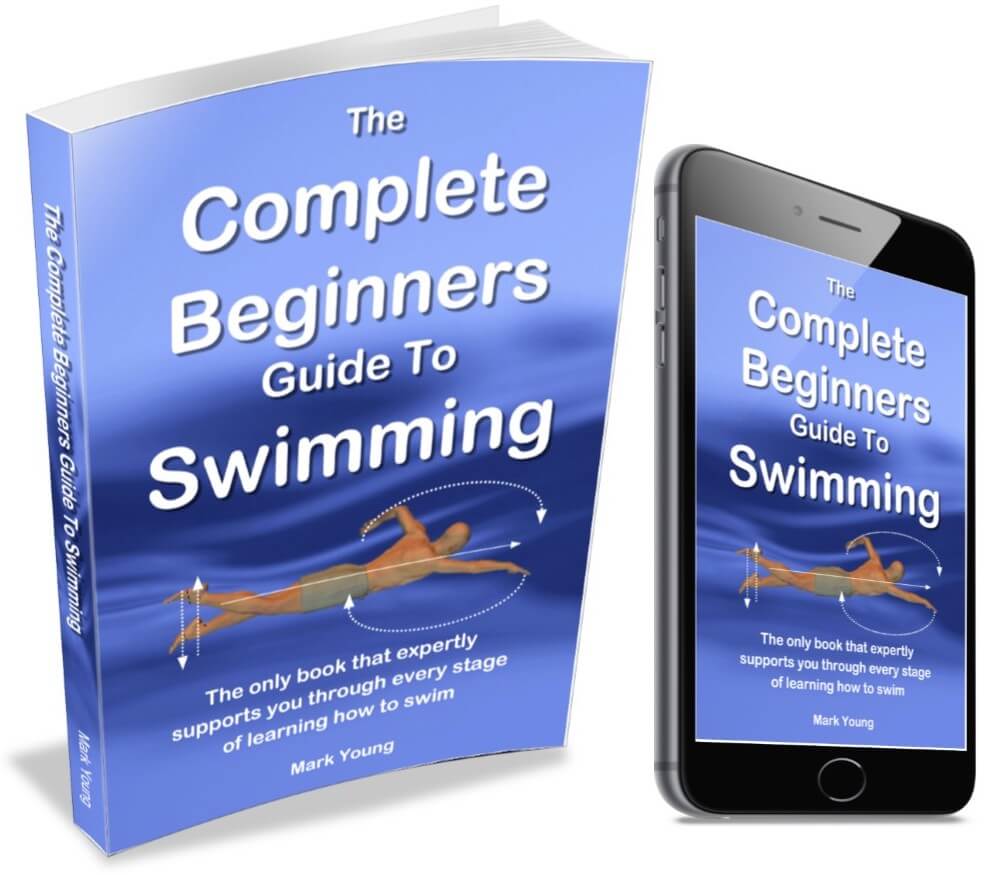- Swim Teach Home
- tips for beginners
- How Can I Learn to Co-ordinate My Breathing?
How can I learn to co-ordinate my breathing?
I am not quite a non-swimmer in that I can swim widths (even, occasionally, a length) of backstroke. My backstroke style is probably not ideal, but it moves me through the water without leaving me totally winded. I taught myself to do this, on my own, in a calm sea about 30 years ago, when I was about 30 years old.
For the past eight months, as an energetic and fit 60-year-old, I have been attending twice weekly lessons in conditions that should be ideal for learners (professional coaches, small class sizes, adults only who are all either beginners or improvers, in a warm watered private pool away from the public gaze). Despite all these supposed advantages, I have been very disappointed at my glacial progress in other strokes. I have been given repeated lessons in front crawl and breaststroke, much of it mirroring what is on your website. However, my pitiful efforts to follow the coaches' tuition seem invariable to end up with me about halfway across the pool near the shallow end, coughing and spluttering up water which I have half-swallowed.
As I have identified, the problem seems to be an inability to coordinate the breathing required in these two strokes - a factor which is not present in backstroke when one can breathe more or less normally as one's face is always clear of the water.
I am also terrified of going out of my depth; although I can tread water (without touching the bottom) for up to a minute or so in water up to my shoulders, I dare not do this out of my depth. The reason quite simply is that I am scared stiff that I might have one of my frequent coughing/spluttering attacks if even small amounts of water got anywhere near the inside of my throat in which case (unless help was ready to hand) I fear I would, quite literally, be dead in the water. Strangely, my propensity to cough and splutter on swallowed water doesn't seem to affect the other adult beginners in my class.
I have no problem putting my head under the water for as long as I can comfortably hold my breath and can easily glide from the side and swim about halfway across the pool with my head in the water. It is when I take my head out and try to continue swimming that my problems start. I quickly swallow water, start coughing and spluttering (which takes a minute or so to get over) and have to stand up while I recover. One cannot risk doing this out of one's depth.
I am at my wit's end over this issue on which I seem to have hit the buffers. My coaches don't seem able to suggest anything beyond repeated platitudes about not giving up, and that perseverance will pay off in the end. However, they have already had £500 (and counting) off me, and I cannot go on shelling out tuition fees like this forever. Is there anything more constructive you can suggest?
My answer:
Andrew, your determination and persistence so far are to your credit, and your problem is not uncommon.
It is important to take a step back from swimming for a moment and understand what is going on here, and please forgive me for stating some very obvious things.
The water is a completely unnatural environment for a human being to be in because we cannot breathe when submerged. Combined with the fact that swimming is a form of physical exercise that causes our breathing rate to increase, the need for oxygen is therefore doubled.
If you were performing different physical exercises such as running or cycling, your breathing rate would increase, and your body would naturally deal with it as much as your fitness level will allow. In the unnatural swimming pool environment, we have to teach our body to perform the act that comes so naturally on dry land.
The Complete Beginners Guide To Swimming contains much of what you need, from breathing to swimming with good technique. Click here for more information.
The two most common problems encountered by adults learning to swim are an inability to relax and hold their breath without knowing they are doing so.
So, off your swim with muscles and joints tensed in the knowledge that you cannot breathe. You hold your breath for 10 or 20 seconds and then need oxygen. You raise your head above the surface and quickly have to breathe out and then in again in half a second; your mouth might be out of the water if you are lucky. You swallow water, cough, choke, clear your lungs and then attempt to continue, more tense and anxious than before. And so the vicious circle goes around.
Forget swimming a particular stroke for a moment and focus on breathing in the water. Walk along in about shoulder depth submerging your face and blowing out into the water. Take large lung fulls of air and exhale slowly into the water, carefully controlling your breathing.
Easy stuff, I hear you say. Maybe even slightly childlike. Whilst this may be true, many adults focus so much on what they are supposed to be doing with their arms and legs that they instinctively hold their breath, which then accelerates the need for oxygen.
Practice gliding to and from the side for short distances and breathe out into the water as you do so. Perform this slowly and stand up before you need to breathe, not when you have run out of oxygen, so breathing in again is comfortable, and you are not gasping for air.
Note that I am constantly saying to do things slowly. The slower you perform, the more relaxed you will become, and the easier everything will be over time. There should be no urgency in your swimming; the more relaxed your movements, the more natural inhaling and exhaling will become.
You can then combine your breathing technique with the correct movement for the corresponding swimming stroke you are learning, rolling the head to the side for the front crawl and lifting to face forwards for breaststroke. If you are exhaling into the water, then at the point of breathing in again (which, I repeat, should be long before you are completely out of oxygen), inhalation is all that is required.
Swim short, comfortable distances before attempting longer, more physically demanding distances.
The Complete Beginners Guide To Swimming
$14.99
I am a member of the Amazon Associates Program and I will earn a commission from qualifying purchases at no extra cost to you.






